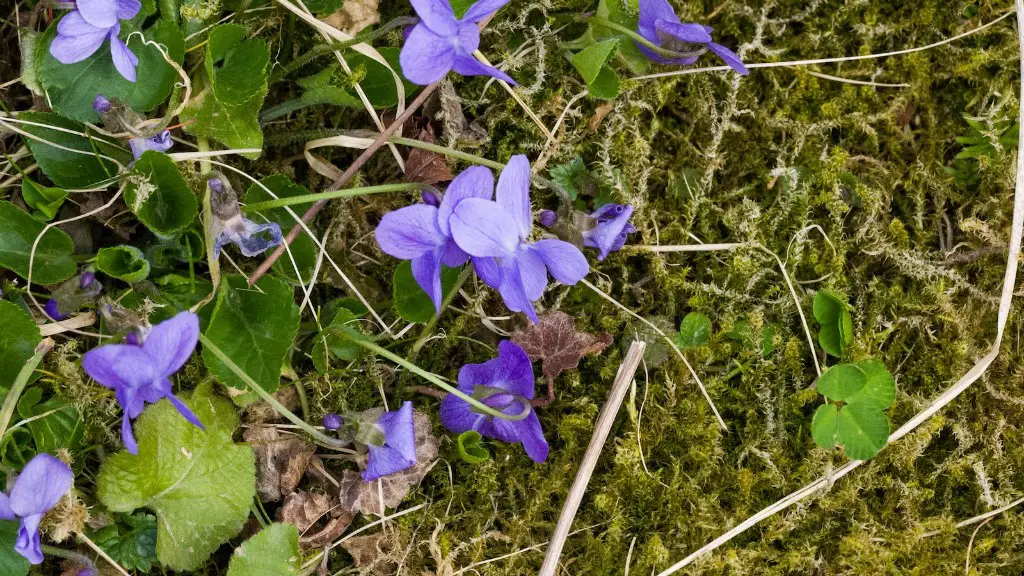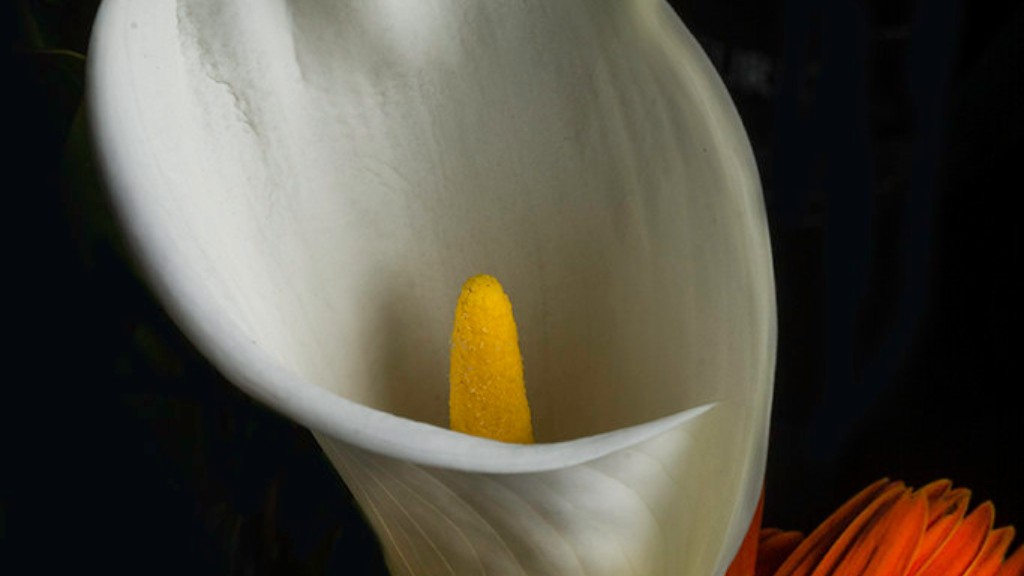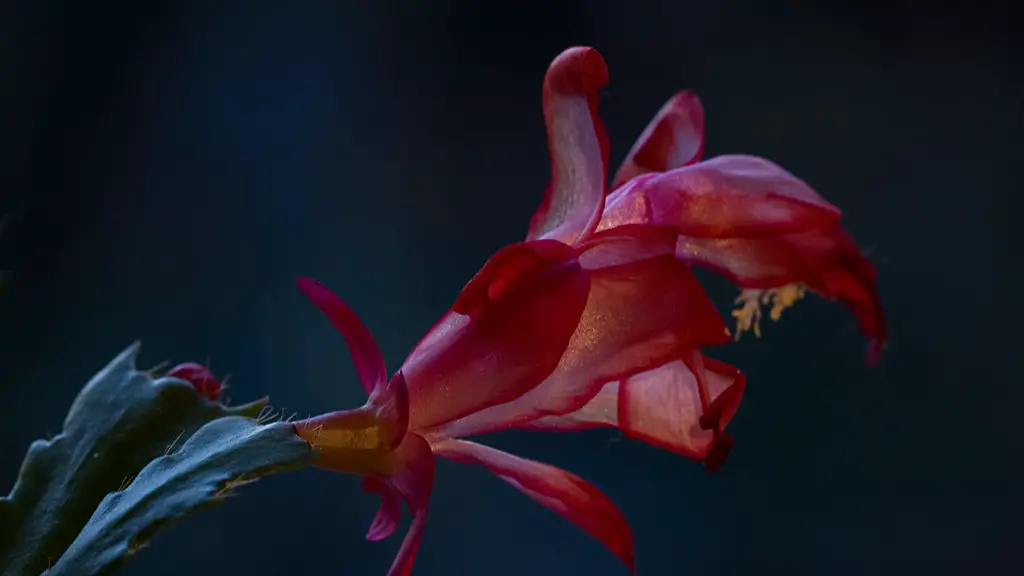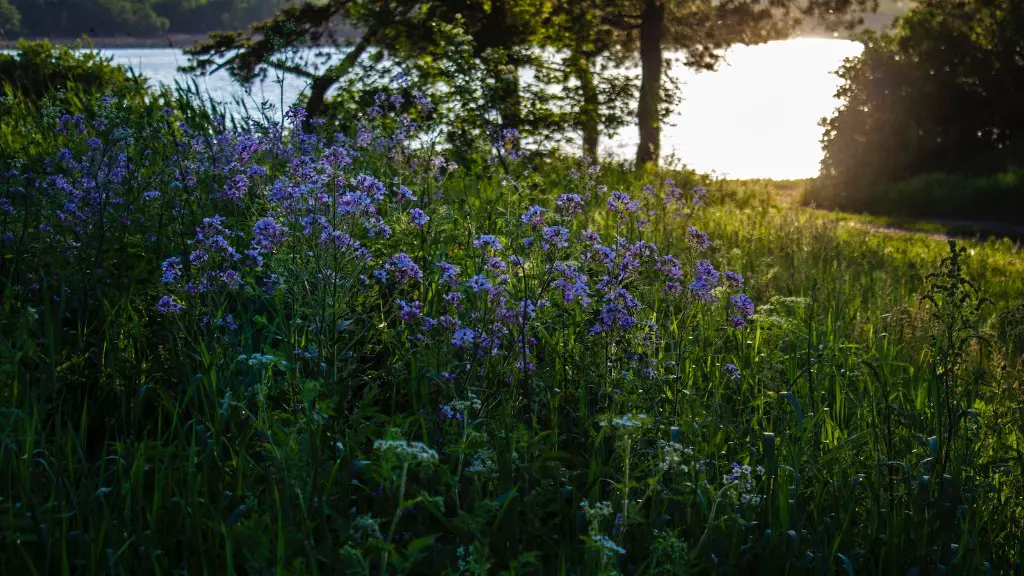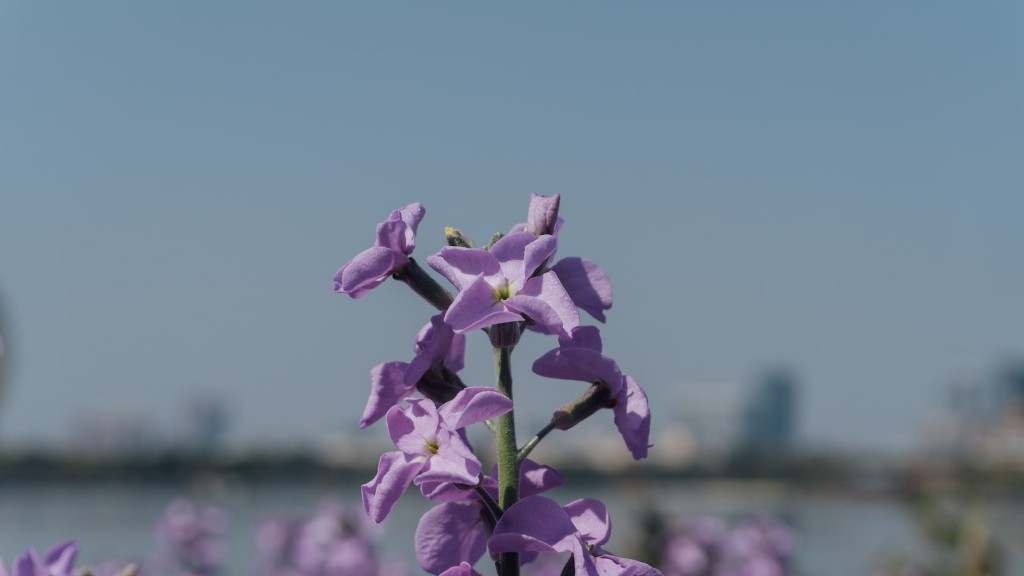African violets (Saintpaulia) are a household favorite due to their easy care and beautiful flowers. They are native to Tanzania and other parts of eastern Africa. Because they are used to living in warm and humid conditions, African violets require more water than other houseplants. They should be watered about every three days, or when the soil feels dry to the touch. Be sure to use filtered or distilled water, as African violets are sensitive to the minerals in tap water.
Africans violets need to be watered about every three days.
How do I know if my African violet needs water?
The best way to tell if your African violet needs water is to feel the top of the soil. If it is dry to the touch, then it is time to water. African violets should be allowed to dry out between each watering for best results. Overwatering can kill a plant. The fine roots of an African violet need air, which cannot penetrate a soggy wet soil mass.
African violets need indirect sunlight in order to thrive. Direct sunlight can actually burn the leaves of these delicate plants. For the best results, choose a north- or east-facing window. You should also keep the plants away from cold glass, and rotate the pot once a week so that all the leaves receive light. During the winter months, you can extend the daylight by placing African violets under a grow light.
What is the proper way to water African violets
Watering your plant is important to keeping it healthy and encouraging blooming. The soil should be kept moist to dry, and the soil around the roots should be allowed to dry out before watering. Water from the bottom with room temperature water by placing the plastic grower’s pot in water, and allowing the plant to absorb the water (not more than 30 minutes).
If you’re African violet is finicky about its water, make sure to let the water sit for a bit before giving it to your plant. It’s best to let it sit for 24-48 hours, but if you can’t, then let it stand for at least an hour. This will ensure that the water is either tepid or at room temperature, which is ideal for your plant.
Can I water African violets with tap water?
It is important to be aware of the quality of your tap water when watering your African violets. Chlorine levels may fluctuate depending on the season, and in some areas tap water may have high levels of chlorine, chloramines, or dissolved solids. These things can adversely affect your African violets. If possible, use filtered or distilled water to avoid these issues.
To clean African Violet leaves, you will need a spray bottle filled with room temperature or tepid water. Spray the leaves with water and use your fingers to rub the top and bottom of the leaves. You can also use the spray bottle method to clean the African Violet leaves with liquid soap.
Do African violets need bigger pots?
If you’re looking to get the best results with your African violet, it’s best to choose a pot that’s on the smaller side. This will help to keep the plant slightly pot-bound, which is ideal for its growth. Keep in mind that if you have a standard African violet plant, your starter pot should be about 3-4 inches in diameter.
When watering your African violet, make sure to not mist the foliage as this can cause permanent leaf spotting. Use room temperature water and be careful not to saturate the crown of the plant as this can lead to crown rot.
Where is the best place to put an African violet
If you want your plants to have the best color and blooms, grow them in bright, indirect light. A plant stand three feet away from a west- or south-facing window is an ideal location. Plants will still grow when situated right beside north- or east-facing windows, but leaves will be thin and spindly, and plants less likely to bloom.
Water your African violet carefully so that the leaves don’t get wet. These plants are prone to getting rot and other diseases if their leaves stay wet for too long.
What do Overwatered African violets look like?
If you think your African Violet plant has been overwatered, check the soil to see if it is retaining too much water. This retention of water will cause the leaves and/or leaf stems to turn soft, limp or mushy. If the soil is too moist, allow the plant to dry out slightly before watering again.
African violet leaves are not difficult to come by and can be easily sourced. You must use caution when handling them, as they are fragile and can be easily damaged.
Can you water African violets with coffee
Coffee grounds are a good source of nutrients for plants that prefer more acidic soil, such as African violets, impatiens, Norfolk Island pines, Phalaenopsis orchids, and Dieffenbachia. Simply water your plants with coffee once a week and they should respond well.
1. Give your African violet plenty of light, but avoid direct sunlight. Too much sun can scorch the leaves.
2. African violets need high humidity to bloom their best. You can increase the humidity around your plant by setting it on a tray of pebbles and water.
3. Fertilize your African violet with a water-soluble fertilizer designed for blooming plants. Follow the directions on the package.
4. Keep your African violet’s leaves dust-free by wiping them with a soft, damp cloth.
5. Use a potting mix designed for African violets.
6. Keep your African violet away from drafts, heat vents, and cold windows.
7. Protect your African violet from pests such as aphids, mealybugs, and thrips.
8. Pinch off any blossoms that fade or die. This will encourage your plant to produce more blooms.
Can you water African violets with ice cubes?
If you want to water your African violets with ice cubes, it’s best to let them melt first so that the plants are not damaged by the cold water.
African violets need aeration in order to ensure that their roots are healthy. Watering from the bottom will help to keep the plant moister, as well as help to keep water out of the crown of the plant. African violets like warmer water, so it is best to water them around 70 degrees.
Conclusion
As a rule of thumb, African violets need to be watered about every two weeks. However, this may vary depending on the climate, potting mix, and size of the plant.
In conclusion, African violets need to be watered about once a week. However, it is important to keep an eye on the plants and water them more frequently if they seem dry.
